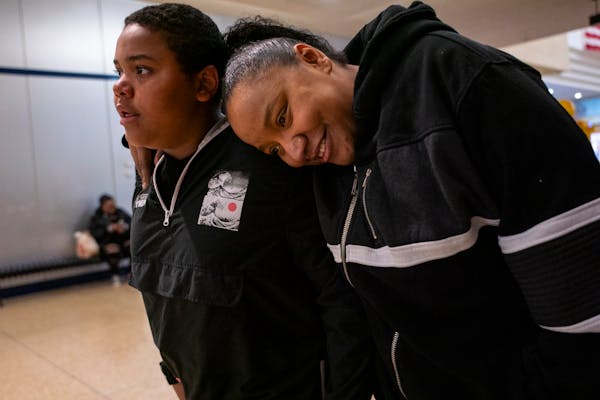This week's Minnesota Orchestra concerts, heard Thursday at Orchestra Hall, mark the climax of its season-long Rachmaninoff symphony cycle. But conductor Mark Wigglesworth seemed more at home in two fairy-tale ballet suites by Ravel and Stravinsky.
Stravinsky was an unknown when tapped by Serge Diaghlev to compose "The Firebird" for his Ballet Russes in Paris. It launched Stravinsky's international career. He knew this was his big break and told the tale of a prince, who with the aid of the Firebird, defeats the evil ogre Kashchei and frees a bevy of enchanted princesses with vivid orchestral colors.
With his vast experience in the opera house, Wigglesworth captures the magical creature in the "Dance of the Firebird's" luminous woodwinds. The lyrical "Dance of the Princesses" and the violent "Infernal Dance of King Kashchei" are nicely contrasted. And in the exuberant Finale, he brings the work to a dazzling conclusion.
Rachmaninoff's Symphony No. 3 in A minor is the composer's final symphony and one of the last of his orchestral works. As such, it is a nice pairing with the contrastingly youthful "Firebird."
The first movement opens in deep melancholy, perhaps expressing Rachmaninoff's sense of loss and of time passing. Wigglesworth missed the depth of emotion, stressing orchestral precision over passion, the result feeling somewhat cerebral and cold.
The second movement opens on a more upbeat note and Wigglesworth seemed more comfortable. He wove the various ensembles of instruments into a strongly cohesive whole.
The third and final movement is the most modern. Here, especially in the explosive conclusion, Wigglesworth drove the music dramatically.
In between them was a suite of five pieces from Ravel's "Mother Goose." The ballet's delicate orchestration betrays its origin as pieces for two pianos and Wigglesworth handled it with grace. From the animal creatures dancing the "Pavane of the Sleeping Beauty" to the contrasting orchestral voices in "Conversations of Beauty and the Beast," Wigglesworth brought the music theatrically to life.
William Randall Beard writes regularly about theater and music.

Minnesota Sports Hall of Fame: A class-by-class list of all members

This retired journalist changed professional wrestling from Mankato

